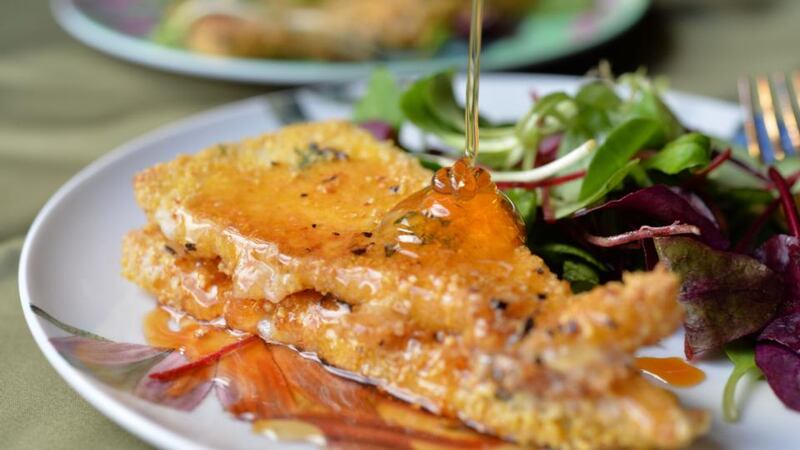One of the keys to great food is learning how different cooking methods fundamentally alter how we experience different ingredients on our palate – not just how they taste, but how they feel in the mouth too. And of all the ways to cook food, frying is the one that can most alter it, in ways both significant and oh-so-subtle, but arguably with the tastiest results.
Who first figured out, for example, that something as insipid as raw aubergine could be so transformed by the simple act of frying it in oil, which lifts its pale, slightly bitter flesh into the realm of melting, almost smoky richness?
Meat, too, tastes completely different when fried, its natural sugars caramelising to create an umami hit that is impossible to replicate with any other technique. Just consider the difference between a poorly home-cooked steak and its uber-chargrilled restaurant cousin and you’ll know exactly what I mean.

If science is your thing, it might interest you to know that the sometimes dramatic change wrought by frying is caused by a chemical reaction that can transform the molecular structure of cells. But whatever about the science, and for that matter the additional calories involved, it’s really the taste – that bomb of flavour and fat on the tongue – that makes frying such a winner and, if done right, such a valuable technique in a cook’s arsenal.
So no prizes for guessing that this week’s recipes involve frying or browning. But surprisingly, perhaps, not meat or vegetables. This time I focus on cheese and butter.
First up is a peach and brown butter tart that showcases the wonders of browning rather than frying. The butter in the filling is browned to the point of nuttiness, which gives a delicious richness and depth of flavour to the filling. The original recipe – from Bruno Loubet – called for the peaches to be poached. I tried this and ended up with mushy peaches. Next attempt, I fried them in butter, sugar and a little rosemary. The verdict? Too sweet. So I decided to use raw peaches and this worked out the best and eliminated one step.
The second recipe might trigger memories for some of deep-fried Brie with cranberry sauce. Don’t knock it; it lined the pockets of many restaurants and caterers back in a lean decade of culinary greatness, but plenty of nouvelle madness. This dish of hard goat’s cheese, showered with polenta and fried till crisp and just melting, is much, much nicer, especially when served with a big bunch of sharp leaves. I accompanied it with a drizzle of Irish apple orchard syrup, but if you can’t find it, a runny honey is just as nice. And if you can get your Winnie-the Pooh paws on it, truffle honey would be even better.









